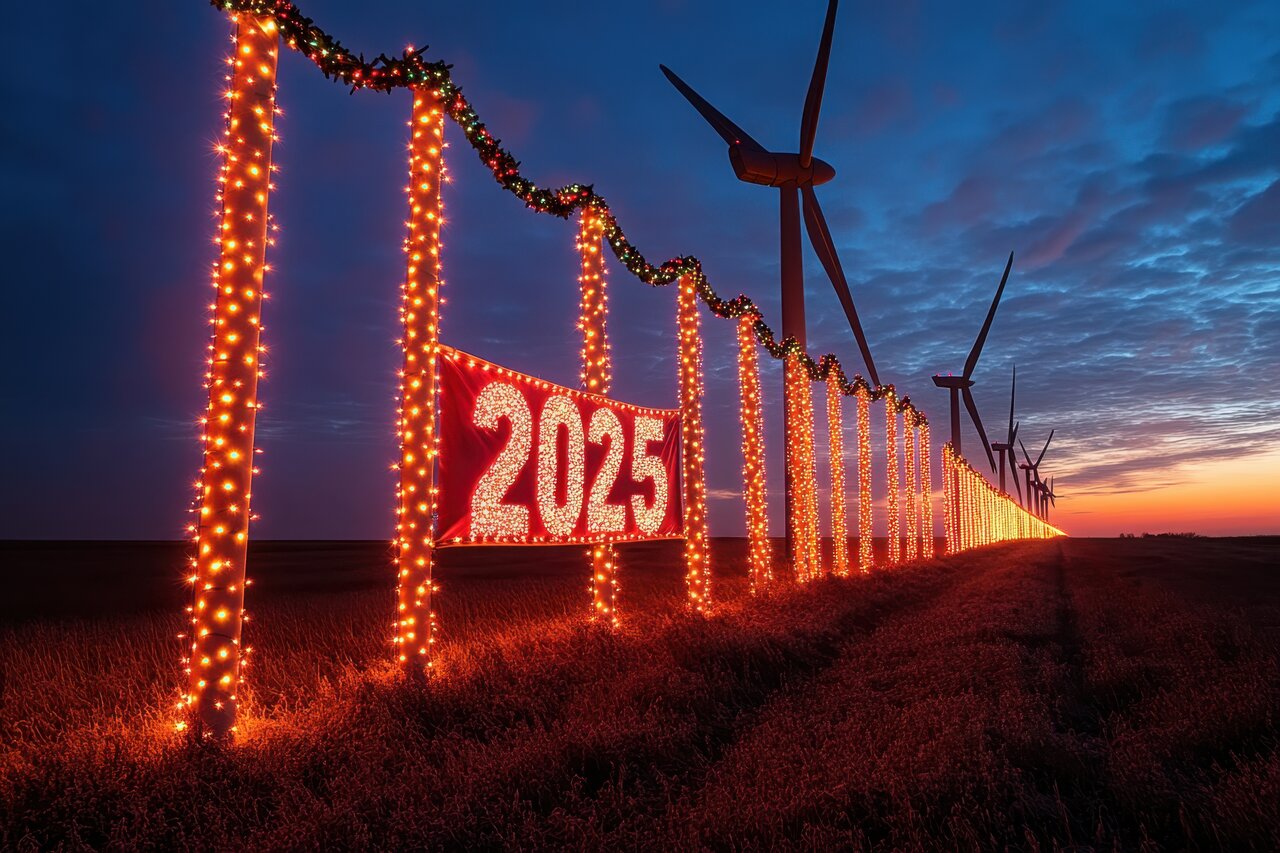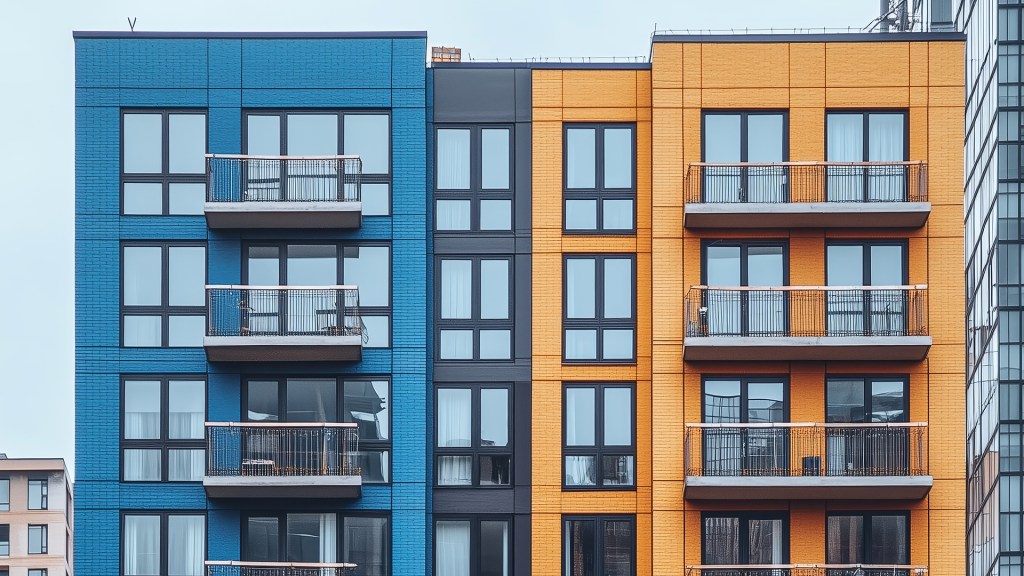By Katrina McDowell on January 10, 2025 in Energy News

Every new year starts with a “new year, new me” plan, which typically fades by the Spring. Let’s discuss how to turn resolutions into habits for an energy-efficient and sustainable 2025.
Sustainable resolutions for an energy-efficient year begin with making practical resolutions that anyone can adopt to make their home or lifestyle more energy-efficient. Start by decluttering the physical space with an energy-efficient mindset. Get rid of unused electronics, which can reduce phantom load. Phantom loads sometimes referred to as vampire loads, are any electricity an appliance or device consumes, even when turned off. Reduce phantom load by always remembering to turn off lights and electronics when not in use. Printers, gaming devices, computer monitors, TVs or cable systems pull electricity from the grid even when not operating. Always have devices grouped on a power bar or strip.
Recycle or donate old appliances and opt for energy-efficient ENERGY STAR®-rated replacements. Wash clothes in cold water and line dry when possible. Washing clothes in warm or hot water risks shrinking them.
Install programmable or smart thermostats. Smart thermostats allow owners to control the temperature using settings on their smart devices.
“An ENERGY STAR® certified smart thermostat offers more convenience, energy savings, insight, and control than manual or programmable thermostats. Homes with high heating and cooling bills and unoccupied homes for much of the day can save approximately $100 a year with an ENERGY STAR®-certified smart thermostat.”
Reorganize spaces to optimize airflow and heating efficiency. Change air filters out regularly and tune HVAC equipment yearly. Seal heating and cooling ducts.
“Sealing and insulating ducts can improve the efficiency of heating and cooling system by as much as 20 percent,” according to ENERGY STAR®.
Workplace energy goals. Businesses and employees should collaborate on energy-saving resolutions to promote sustainability. To reduce office energy use, encourage hybrid work schedules. Upgrade to energy-efficient office lighting and HVAC systems. Implement office-wide reminders to power down equipment at the end of the day.
Margaret Mead, the esteemed environmentalist, once stated, “Never doubt that a small group of thoughtful, committed citizens can change the world; indeed, it’s the only thing that ever has.” This powerful sentiment rings true for social movements and businesses determined to combat climate change.
Host a few sustainability challenges to engage employees in green practices. The power of teamwork is key here, as it engages employees in sustainability and involves them in business carbon reduction efforts. For example, create “green teams” responsible for developing and implementing sustainable practices within the team or department. Organize friendly competitions to encourage employees to adopt eco-friendly habits such as reducing paper usage, carpooling or minimizing waste. Recognize and reward participants for contributing to a positive and engaging ecosystem, fostering a sense of community and shared responsibility.
Form sustainable energy routines to build new habits. If daily habits do not change, you will never have a new year. Start with setting reminders or automating tasks like adjusting the thermostat when leaving home. Use apps to track electricity consumption and set usage goals. Energy Tracker on Apple IOS or Google Play is a good app to easily add, manage and evaluate meter readings and record electricity, water, gas and heat consumption. Make it fun for the family and create a rewards system for household members who consistently practice energy efficiency.
One must better understand the psychology to break old habits. Habit formation is the process where repeated actions become automatic over time. This happens because the brain creates neural pathways that make these behaviors easier to perform without much thought. When a behavior is repeated enough, the brain learns to conserve energy by turning it into a habit. Patience is needed to overcome bad habits since solidifying them takes 18 to 254 days. Focus on consistency and avoid getting discouraged if instant results don’t happen. Keep tracking progress, stay committed and give yourself and others grace and time to let the habit settle into routine.
Make realistic resolutions for going green. Explore the feasibility of installing solar panels or subscribing to green energy programs. Government incentives, tax credits, and financing options exist for those interested in using green energy. Community solar projects generate electricity from sunlight, which flows through a meter to the utility grid. According to the US Department of Energy, community solar subscribers (i.e., households, businesses, or any other electricity customer) pay for a share of the electricity generated by the community solar project.
This is typically a monthly subscription fee. The local utility pays the community solar provider for the energy generated, and each subscriber receives a credit for a portion of the dollar value generated by their community solar subscription. Typically, this credit is applied directly to a subscriber’s monthly electric bill, helping to reduce customers’ electricity costs. Win, win!


